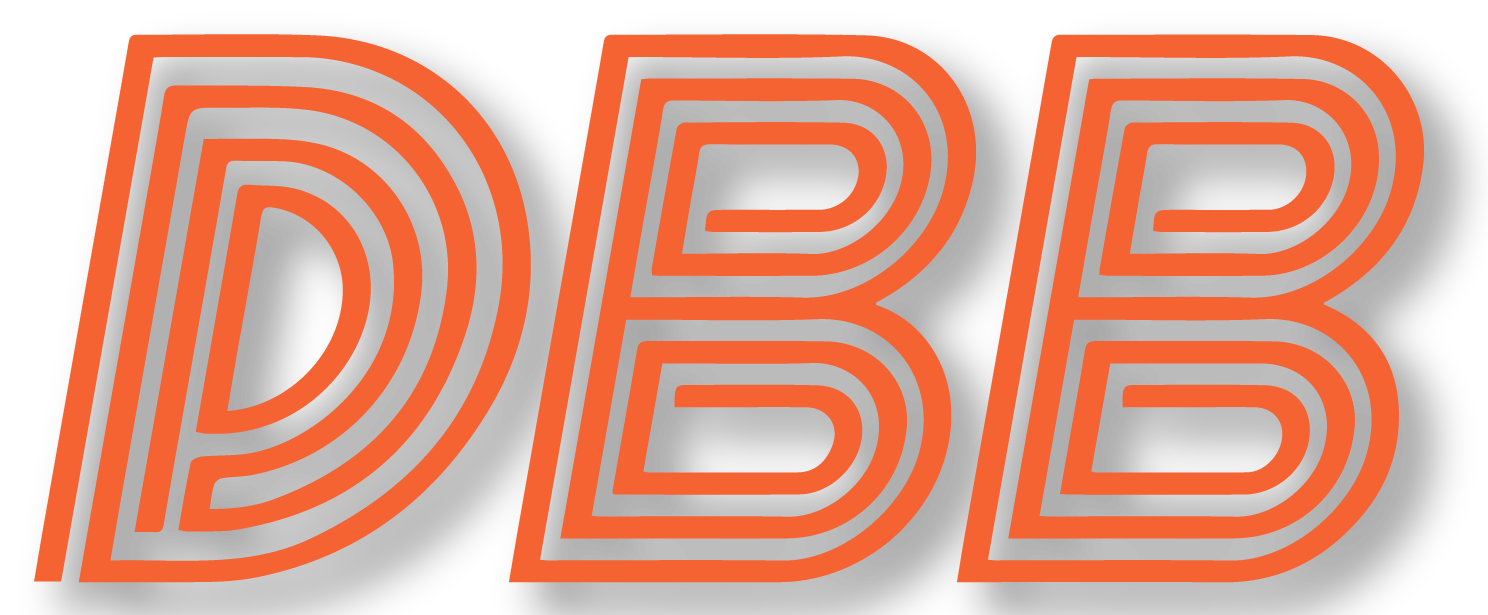The NFL schedule is set to be released this week, which means it’s time to talk about Chicago’s 2019 opponents. We already know all 16 teams they’ll be facing, and one of the reasons I’ve seen people suggest that the Bears are in for a rough 2019 is that they are going to have a really hard schedule. This fear is significantly overblown and is largely based on two pieces of misleading information that I want to debunk today.
1st Place Schedule
The first reason I’ve seen repeated over and over is that the Bears are in trouble because they go from a “4th place schedule” to a “1st place schedule.” That is, they had an easier schedule in 2018 because of their last place NFC North finish in 2017, but winning the NFC North in 2018 sets them up to face a much more difficult slate in 2019.
Let’s take a minute to review how the NFL schedule is determined for every team.
- 6 games against your division (same every year)
- 4 games against one other NFC division (rotates through 3 year schedule)
- 4 games against one other AFC division (rotates through 4 year schedule)
- 2 games against the other 2 NFC divisions’ team that shared your divisional rank the year before
If you’re paying attention there, you’ll notice that 14 of the 16 games on a team’s schedule are determined exclusively by what division they play in. So every single year the Bears play Green Bay, Detroit and Minnesota 6 times and 8 of the exact same opponents as those division rivals.
Only 2 games change based on how you did the year before. The Bears’ last place NFC North finish in 2017 meant they played the Giants and Buccaneers in 2018, while other division opponents played different teams from the NFC East and NFC South. In those 2 games, the Bears went 1-1, and they went 11-3 in their 14 common games. If you’re scoring at home, that means the “last place schedule” actually hurt the Bears’ win % en route to their division title in 2018.







